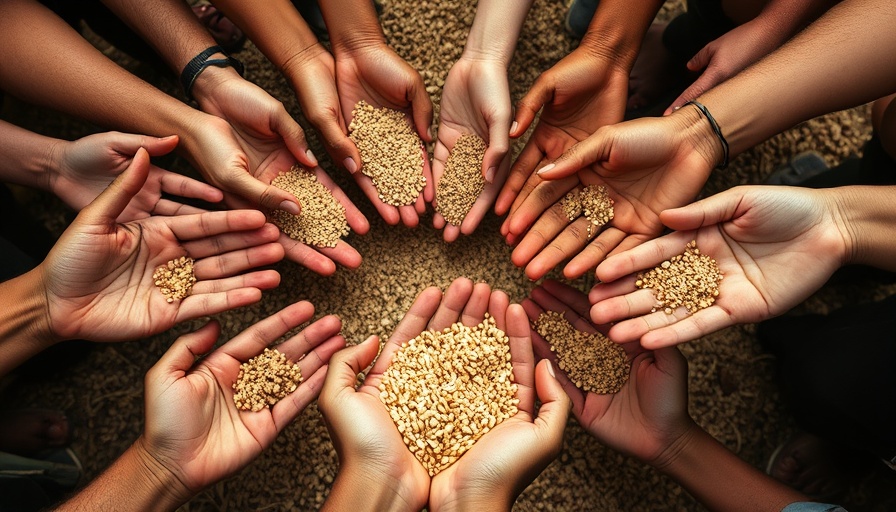
UK's Drying Rivers: A Looming Crisis
Amidst unusually dry conditions, the UK is facing extreme concerns over low river levels, throwing the country's water supply into jeopardy. Experts are closely monitoring the situation, especially as data reveals the driest spring since 1961. In March alone, the UK received only 43% of average rainfall, with several major rivers, including the Mourne and English Tyne, reaching unprecedented low flows. These alarming patterns are not just a seasonal nuisance but signal an impending drought that could disrupt water access for both individuals and industries.Understanding the Roots of the Issue
The heart of this crisis lies in a critical lack of infrastructure to support the water supply chain. England hasn’t constructed any new water reservoirs for over 30 years, which means that during dry spells, both farmers and companies increasingly depend on an already strained river system. James Wallace, CEO of River Action UK, pointed out this avoidance of responsibility by corporate entities and regulatory bodies resulting in increased pressure on rivers instead of resolving pollution and resource management issues.Impacts of Prolonged Droughts on Agriculture
Agricultural perspectives on the unfolding drought tell another layer of the story. Farmers like Nick Deane in Norfolk are already feeling the brunt of water rationing—being forced to choose which crops receive water in a desperate attempt to sustain yields. With warm weather forecasted to continue alongside low precipitation, the distress signals are clear for many local farmers who represent a vital part of the food supply chain. As crops strain under moisture shortages, not only do farmers lose revenue, but the repercussions extend to food prices and availability for consumers nationwide.Wider Environmental Impact and Risks
The broader ecosystem is also at risk due to declining water levels. As rivers dry, the habitats of numerous species deteriorate—leading to potential long-term ecological damage. Alarmingly, this dry season has already seen wildfire events in both number and area burn exceed that of any year in a decade. The lower river levels are not just an abstract concern; they manifest in real threats to wildlife, plant health, and overall biodiversity.What Can Be Done?
If awareness surrounding this issue grows, public discourse may lead to vital policy changes that could prevent the worsening of this crisis. While no official drought declarations or water rationing mandates have been announced yet, communities can advocate for more robust water management frameworks. Building new reservoirs, enhancing regulations around water usage, and investing in sustainable agricultural practices are critical measures that should be taken. Everyone shares a stake in this debate as drought conditions fluctuate between communities, industries, and ecosystems alike. As these issues unfold, those in the UK—and beyond—must reflect on our relationship with water and consider how best to protect this precious resource for future generations. The looming drought could serve as a catalyst for change or further expose the challenges in our current systems of water management, depending on the actions taken in response to these warnings.For more insights into water management strategies and to advocate for proactive solutions, it’s essential to stay informed and engage with community efforts aimed at sustainable water use. Together, citizens can push for the changes necessary to secure a healthy water supply now and in the future.
 Add Row
Add Row  Add
Add 




Write A Comment